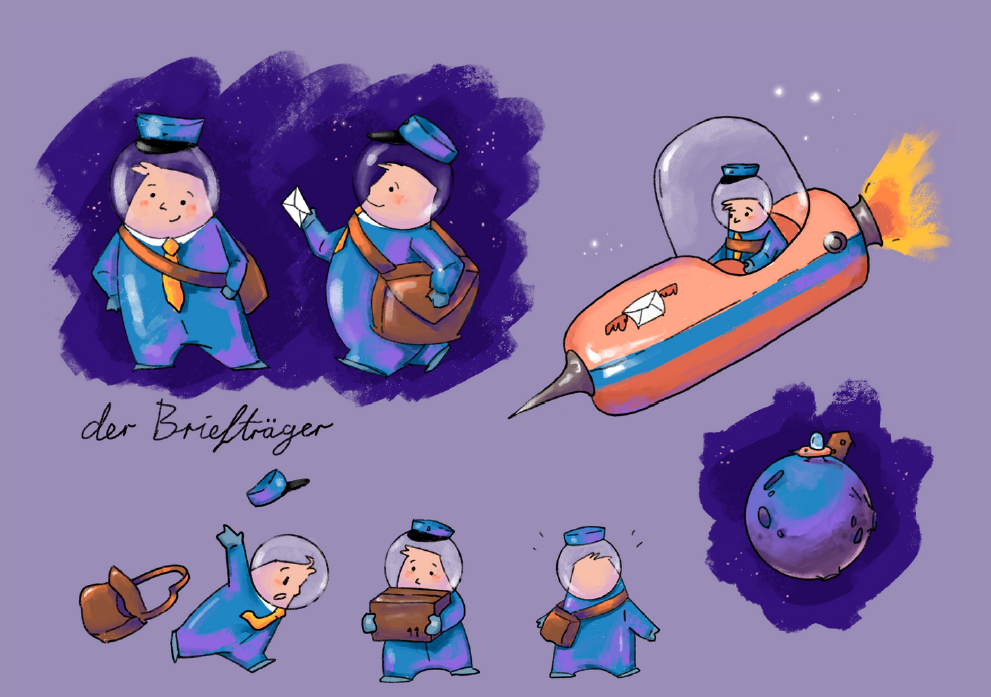At the halfway point of every grant, I like to do a pre-mortem, a management technique where you ask yourself “what could go wrong?” and “what do I need to do now to prevent it?”. I do this by rereading my grant application and looking at the goals and the promised outcomes. For example, I have an ongoing Innovation and Development grant with a colleague at the University of Maryland, Dr. John H.G. Scott, a lecturer in German called the By Learners For Learners project . Funded by the Taylor Institute of Teaching and Learning (2023-25), this grant has enabled us to hire student illustrators and a graphic designer to help us e-publish German children’s books written by post-secondary students learning German. The project was featured by my University and in the community report of the Taylor Institute this past year.
We received the grant in April 2023, so we are actually past the halfway point. When we wrote the grant, my colleague was also at the University of Calgary and had implemented the pre-grant activities that were part of his German course. He also did the post-course follow up with students to inform them of the possibility of publishing their stories as Open Educational Resources. However, soon after we received the grant, he changed institutions, which slowed down our timeline as we needed to work as a team to hire the illustrators for the children’s books. I also found it difficult to find a qualified student digital graphic publisher and so the hiring was not completed in the summer months as expected, but rather that fall. However, the extra time paid off as one of our artists proved to be a capable digital publisher and we moved ahead with her in that role as well. Since one of the goals of the project is to work with undergraduate students we continually navigate the ebbs and flows of the undergraduate work schedule since some times of the year, especially exam time, are not productive times for book illustration. However, at this point, 18 months into the project, we can say that a focus on quality, rather than quantity, is bearing fruit. Our first book will likely be launched next month, with three more following close behind. Perhaps more importantly, we have learned about what details are important for a project such as this. For example, we have instituted feedback loops whereby the illustrators, who usually don’t know German, meet with the authors to discuss a storyboard for the book. They present that storyboard to us as series editors and we provide feedback that helps with time and budget management. Then the illustrator produces the high resolution pictures and submits them to the publishing assistant. We have also added a student editor role, someone with strong German skills to review the final drafts before publication. In creating this first book, we have learned what decisions need to be made regarding Creative Commons Licensing, layout, font, and print size and we have decided to make a printing guide for teachers so that some of those printing options are clear to them when they download the final version. While we had intuitively anticipated two rounds of production in a one year period, the pre-mortem has shown that a two year cycle is more realistic to manage unforeseen challenges, the undergraduate work cycle, and the learning involved with OER publishing of this nature. Thankfully, the grant is for two years and we anticipate presenting our initial books to teachers at an upcoming national teacher conference: Languages Without Borders April 2025 in Montreal. Stay tuned for book links.

